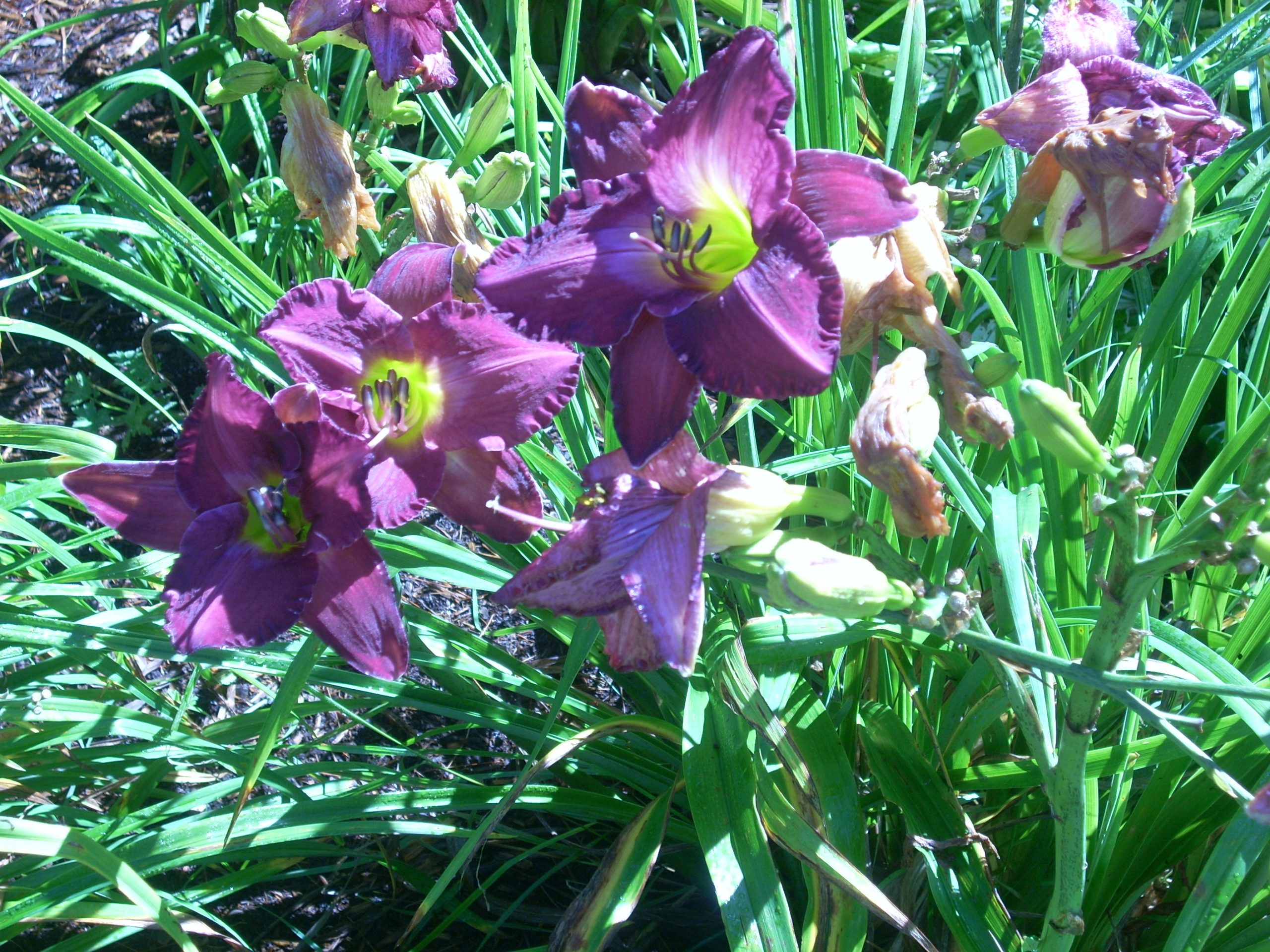
Intervention Procedure –Dance Movement Therapy Group Model
The DMT group model intervention promoted play-based interventions where participants become child-like, benefiting from the therapist’s healthy emotional regulation through mirroring and helping to calm their overactive nervous systems. When the therapist models a calming presence, mirror neurons connect the two intersubjective experiences of therapist and client, granting the client greater capacity for self-regulation in a similar way to how a baby’s heart rhythm adapts to the rhythm of the attachment figure when held (Badenoch, 2008).
The DMT group model was divided into four stages. The first three stages included five major components: (1) Body Action: the therapist motivates the patients to mobilize; (2) Symbolism: the therapist and participants give expression to their own inner emotions, conveying in a single moment the complexity and depth of feeling that cannot be put in to words; (3) Therapeutic movement relationship: the therapist visually and kinesthetically perceives the patients’ movement expression; (4) Rhythmic group activity: a therapeutic tool for communication and body awareness; and (5) The creative process one of the most crucial aspects of the DMT group session that was especially beneficial for depressed patients. Within the first three stages of the protocol, it was necessary to implement Winnicott’s (2015) words: “If a patient does not play, our task is to help him do so” (p. 24). Play has a lavish meaning in the therapeutic process, including use of humor, games, movement, metaphors, and images. A music playlist that was pre-planned was used and played during the first three stages to enhance play experiences.
In the last section of the group model, Dieterich-Hartwell’s (2017) concept of “kinesthetic awareness” was emphasized. Kinesthetic awareness describes how one can create a sense of arousal using his or her sensations to connect to one’s own body. During this section, patients were asked to increase their alertness to “inner world sensation” (Musicant, 2001) as well as to the world of senses, specifically taste, sound, vision, touch, and smell, to increase observation and sensations. This was primarily accomplished by engaging with breathing and letting go of thoughts. This stage might be challenging, especially after a long session of rhythmic movement. During this time, the sound is turned off and all participants are asked to be on their own instead of together. Participants with poor self-image or who are restless and preoccupied may experience a new way of healing and can practice a new way of relating to self and others during this final stage (Musicant, 2001).






